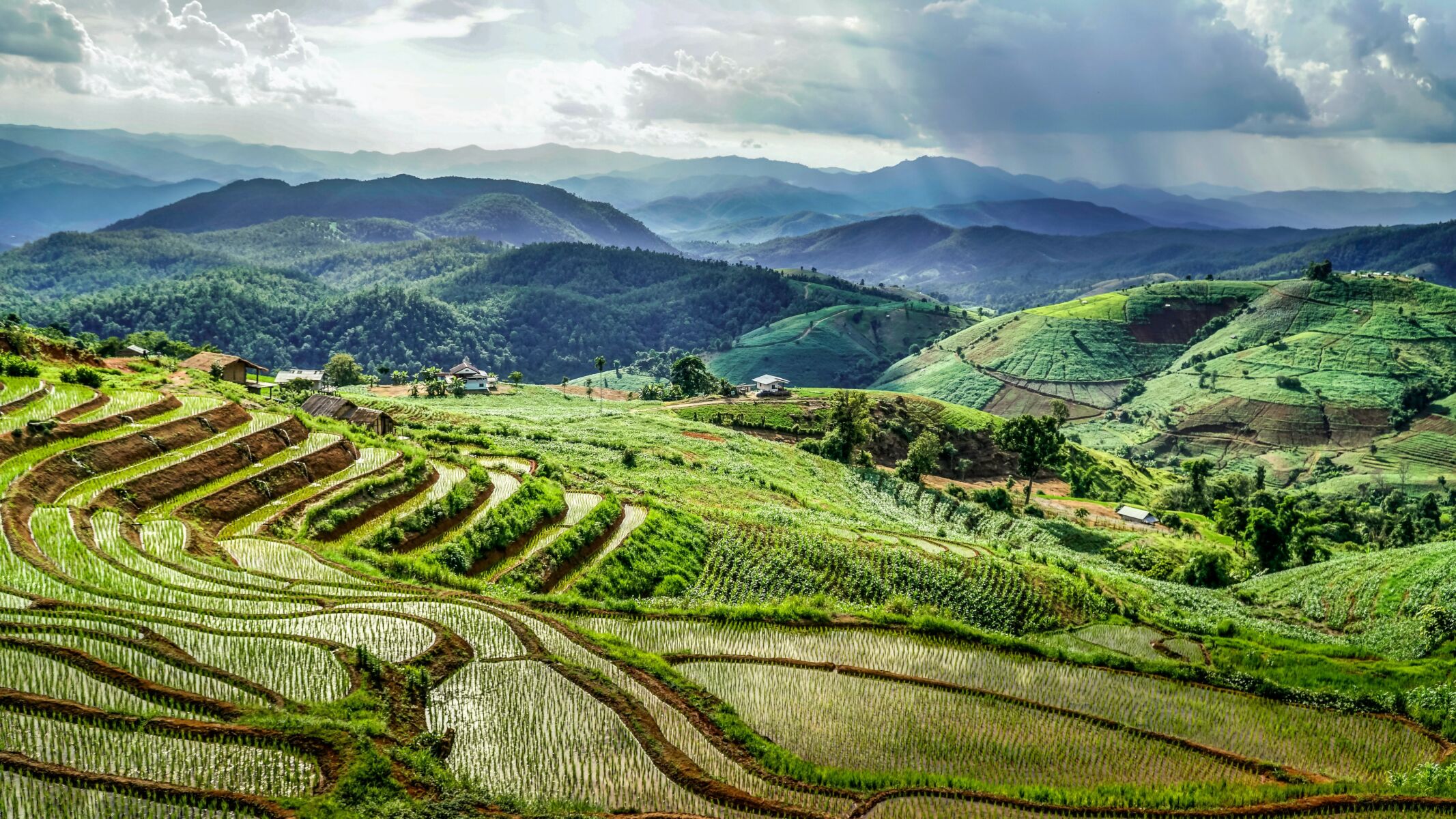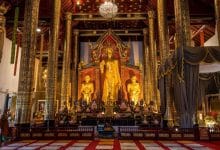Chiang Mai’s Mae Chaem district communities granted forest living rights

Over 300,000 rai of reserved forest land in the Mae Chaem district in Chiang Mai now has secured living rights for local communities, according to a senior official at the Ministry of Natural Resources and Environment. The communities have been identified as a successful model by the Department of Royal Forest, due to their compliance with a cabinet resolution from several years ago.
The Ministry recently granted living rights to these communities under the condition that they continue to collaborate with the Department to protect and rehabilitate the forest. The Ministry is determined to resolve forest land conflicts, particularly in the sensitive forest areas of watershed zones one and two.
On November 26, 2018, the cabinet approved a Department proposal to address forest land conflicts, allowing local community members to reside in the forest provided they contribute to tree-planting efforts and work alongside authorities to prevent further forest encroachment.
According to the ministry official, residents in the Mae Chaem district are permitted to stay in the forest under the forest law B.E. 2507. This will provide them with a more secure living space and improved living conditions, including the provision of basic infrastructure. The official believes this could serve as a model for other forest communities, with the joint goal of rehabilitating the forest, expanding the green area, and preventing additional encroachment.
The Department has devised strategies for dealing with forest land conflicts in the district by categorising local residents into four groups, allowing for the resolution of long-term issues based on the cabinet’s 2018 decision.
Per the resolution, 24,196 rai have been allocated along watershed zones three, four, and five. In these zones, certain activities relating to land allocation for individuals in need are permitted. These locals constitute the first group. The second group comprises those who have lived in the forest since the cabinet resolution on June 30, 1998. This group resides in watershed zones three, four, and five, with 46 villages occupying 12,590 rai. To manage the land, the local administrative organisation is implementing commercial tree-planting projects.
The third and fourth groups consist of people living in fertile watershed zones one and two, both before and after the cabinet’s June 30, 1998 resolution. These individuals can reside on 356,814 rai, with authorities endorsing land use measures designed to protect and preserve the forest and water resources. This includes initiatives to plant three types of trees with four benefits, as initiated by His Majesty King Bhumibol Adulyadej The Great.
In the past, governments have used the cabinet’s 1998 resolution to identify forest encroachers. This approach granted legal amnesty to those who lived in the forest prior to the resolution. However, it failed to address the continued issue of forest encroachment.
Latest Thailand News
Follow The Thaiger on Google News:


























